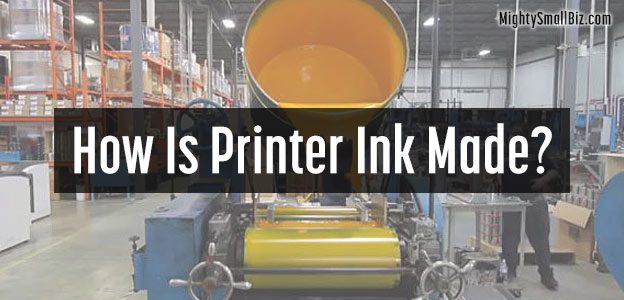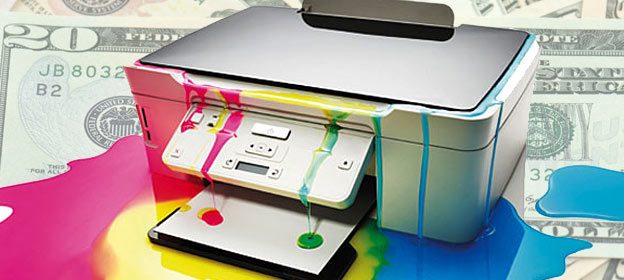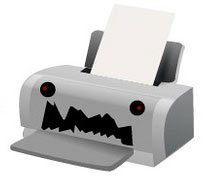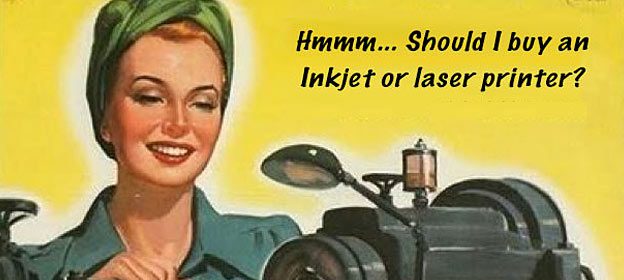HP Video Explaining How Inkjet Cartridges Work: So, you thought that an ink cartridge was basically just a little plastic box that holds ink until it’s magically transferred onto paper by tiny elves? (Well, that’s what I always assumed)



HP Video Explaining How Inkjet Cartridges Work: So, you thought that an ink cartridge was basically just a little plastic box that holds ink until it’s magically transferred onto paper by tiny elves? (Well, that’s what I always assumed)

I came across this truly fascinating video from the Printing Ink Company that illustrates the process; from the raw ingredients and mixing process, to the final ink that is sold. Seeing the video makes you feel even worse about how much ink is wasted in your printer! (Click below to view, & please share this page!)
Highlight of the video: Essentially, four base colors are made, from which all other colors are derived through mixing. These colors are Cyan, Magenta, Yellow, and Black; commonly known as CMYK color.

Anyway, we can’t do much about how the government wastes our money, so let’s look closer to home. In fact, let’s look at your inkjet printer.
We’ve already mentioned how expensive printer ink is, so at least it’s being used efficiently, right?
Wrong! According to Consumer Reports, about 50% of that printer ink never hits the page. In fact, the worst offenders only output about 30% of their ink to the pages! So, why are inkjet printers so wasteful? It seems that the culprit is the intermittent use of our printers.
 Basically what that means is that most people don’t buy an ink cartridge and use it all up in one week. More likely, people print a few pages here and there, and this is where the waste begins. The printer uses much of the ink in self-maintenance and cleaning, and ends up sitting in a reservoir inside the printer. (What a little diva!)
Basically what that means is that most people don’t buy an ink cartridge and use it all up in one week. More likely, people print a few pages here and there, and this is where the waste begins. The printer uses much of the ink in self-maintenance and cleaning, and ends up sitting in a reservoir inside the printer. (What a little diva!)
Printer companies are well aware of this, and on HP’s website states that, “Some ink must be used to maintain the health of the print head; some ink is residual; and some ink evaporates.”
How many pages can you get out of an inkjet cartridge?

Having said that, here are some considerations before you finalize that all-important decision:
When I think of a printer for home use, I instantly think of inkjet printers. They’ve become kind of the “Renaissance man” of your home office. After all, they can print out emails, address labels, stickers, t-shirt transfers, or even photo-quality prints from your digital photos.
As if that’s not enough, many of the “all in one printers” throw in scanner, printer, and fax machine capability.
So inkjet printer must be right for me then? Maybe; consider the following before buying: